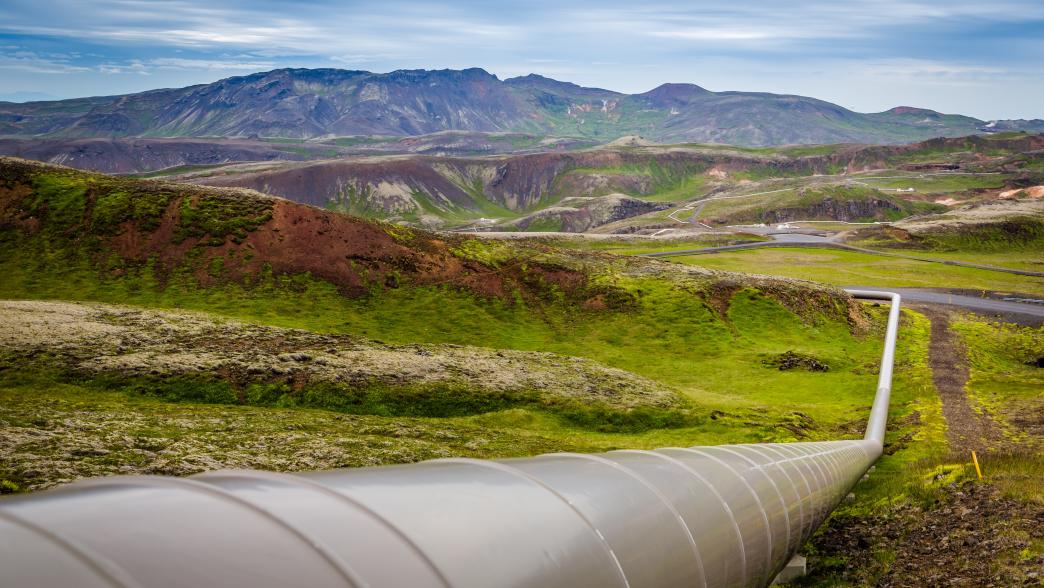
Framework for Countries Evaluating Gas-to-Power Pathways
But betting big on gas comes with serious risks and tradeoffs, especially as the world moves away from fossil fuels. Hasty, ill-informed decisions today could carry hidden costs for a country’s development prospects, energy costs and security, and climate, especially if it ends up locked into a dirty, outdated and high-priced domestic energy system. There are also opportunity costs to weigh: What else could be accomplished with the money, time and political capital spent on gas?
Given these high stakes, the Natural Resource Governance Institute is developing an analytical framework to help government officials, researchers, activists, campaigners, other civil society actors, and journalists in gas-producing, developing countries ask: How well will producing and burning more gas to generate electricity serve a particular country’s goals for its domestic energy sector?
The content is organized around five goals, each with a short module. The five modules will be released one at a time beginning in September 2022.
Goal 1. Navigating the Energy Transition and Climate Crisis
Goal 2. Achieving Energy Security
Goal 3. Attracting foreign investment and finance
Goal 4. Making electricity cheaper
Goal 5. Growing and diversifying the economy
Each goal will contain information, questions and considerations to help stakeholders challenge common narratives and claims made by gas advocates.
Authors

Aaron Sayne
Lead, Domestic Energy Transition
